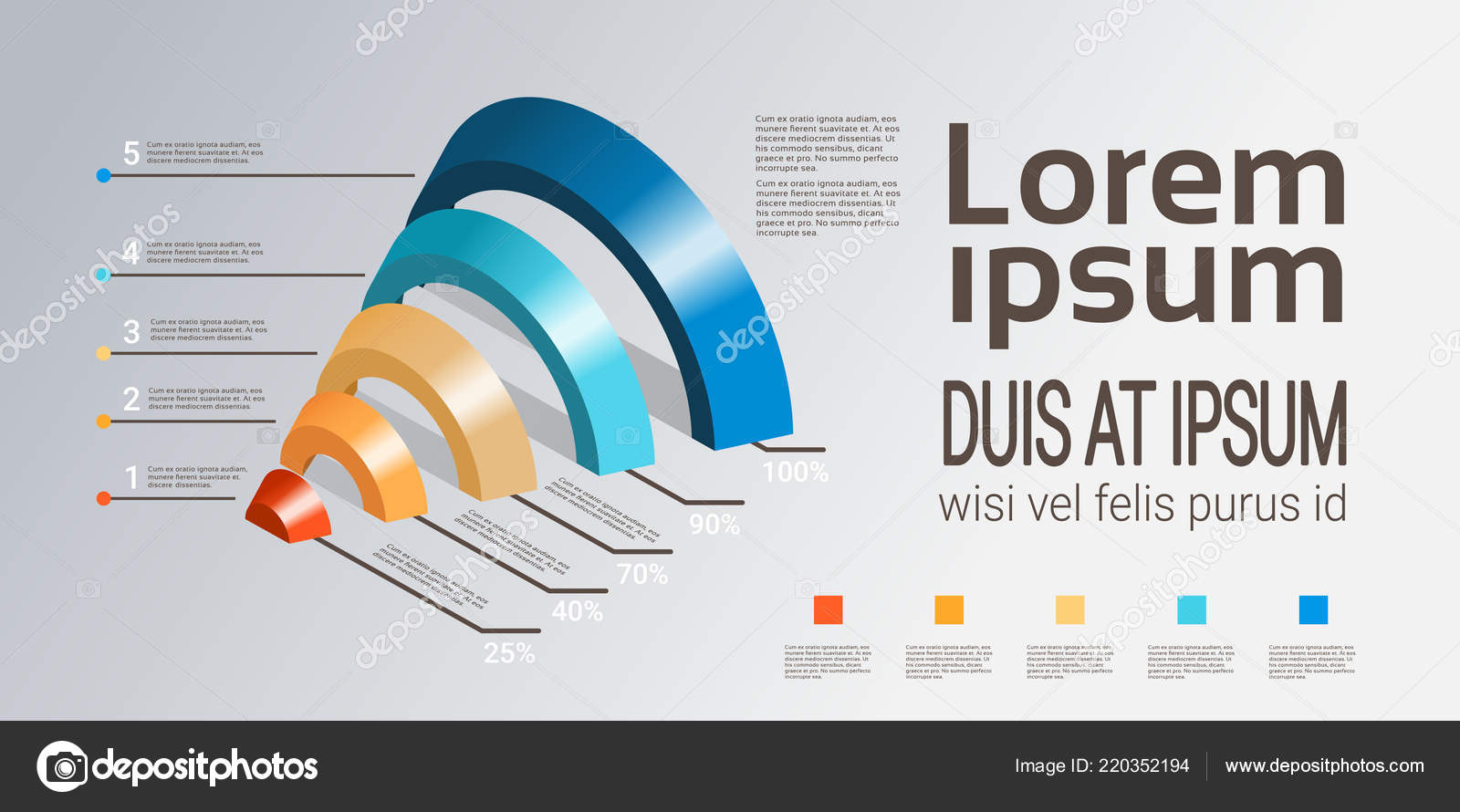Keen To Discover Just How Website Design Has Transformed Over Time? Study The Development From Simplicity To User-Focused Experiences
Keen To Discover Just How Website Design Has Transformed Over Time? Study The Development From Simplicity To User-Focused Experiences
Blog Article
Post Written By-Tobiasen Lunde
In the past, sites were simple and focused on info. Navigating was straight, and layout was for desktops. Now, Best Ways To Learn SEO is key. Information overviews styles for easy navigation. Responsive layouts suit various devices. Today, dark mode decreases pressure, and minimalist menus improve navigation. Interactive functions involve customers, and vibrant visuals attract attention. AI assimilation boosts involvement. See just how style has actually developed to boost your on the internet journey.
Early Days of Website Design
In the early days of web design, simplicity preponderated. Sites were standard, with minimal shades, font styles, and designs. The emphasis was on providing information instead of showy visuals. Individuals accessed the web through sluggish dial-up connections, so rate and capability were vital.
Navigation menus were straightforward, commonly located at the top or side of the page. Websites were made for desktop computers, as mobile browsing had not been yet prevalent. https://bankingjournal.aba.com/2022/07/the-value-of-competitor-social-media-analysis-the-value-of-competitor-social-media-analysis/ was king, and designers prioritized easy readability over complicated layout aspects.
HTML was the main coding language made use of, and developers had to function within its restraints. Animations and interactive features were marginal contrasted to today's standards. Web sites were fixed, with little vibrant material or tailored individual experiences.
Rise of User-Focused Design
With the development of site style, a change towards user-focused layout principles has become increasingly noticeable. Today, producing sites that prioritize individual experience is essential for involving visitors and achieving business objectives. User-focused design entails comprehending the needs, preferences, and actions of your target audience to tailor the site's design, web content, and includes accordingly.
Designers currently perform complete research study, such as user surveys and usability testing, to collect understandings and feedback straight from individuals. This data-driven technique helps in producing intuitive navigating, clear calls-to-action, and visually enticing interfaces that resonate with site visitors. By positioning the individual at the facility of the style process, websites can supply a much more individualized and satisfying experience.
Responsive design has actually also become a crucial element of user-focused style, ensuring that web sites are optimized for different tools and screen dimensions. This flexibility improves accessibility and functionality, dealing with the diverse ways customers engage with internet sites today. Basically, the rise of user-focused style symbolizes a shift towards producing digital experiences that focus on the needs and expectations of completion individual.
Modern Trends in Web Design
Check out the latest patterns shaping web design today. One popular pattern is dark setting layout, offering a streamlined and modern look while reducing eye pressure in low-light environments. An additional essential pattern is minimalist navigation, simplifying food selections and enhancing customer experience by focusing on essential elements. Including micro-interactions, such as computer animated switches or scrolling results, can create an extra appealing and interactive site. Responsive design stays critical, making certain smooth user experiences across different devices. Furthermore, making use of bold typography and unbalanced designs can add visual rate of interest and accentuate specific content.
Integrating AI modern technology, like chatbots for customer assistance or customized referrals, boosts user engagement and streamlines procedures. Access has also come to be a significant trend, with designers prioritizing inclusive style practices to cater to varied user requirements. Welcoming sustainability by optimizing site efficiency for speed and performance is one more arising fad in web design. Working together with individual responses and data analytics to repeat and improve style continuously is important for staying appropriate in the ever-evolving digital landscape. By accepting these modern trends, you can produce an aesthetically appealing, easy to use website that resonates with your audience.
Final thought
As you review the development of web site design from the early days to currently, you can see exactly how user-focused design has actually come to be the driving force behind contemporary trends.
Accept the journey of adjustment and adaptation in website design, constantly keeping the individual experience at the forefront.
Keep present with the current fads and modern technologies, and never stop developing your approach to create aesthetically magnificent and easy to use sites.
Evolve, adapt, and develop - the future of web design is in your hands.
